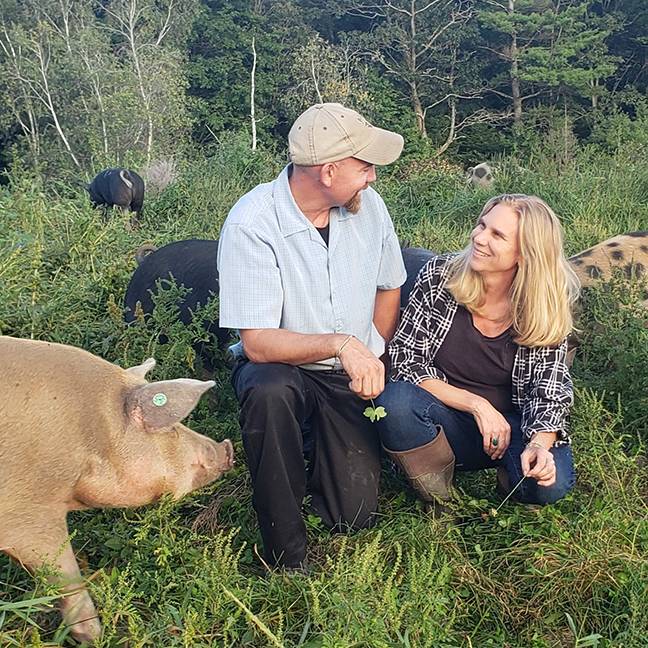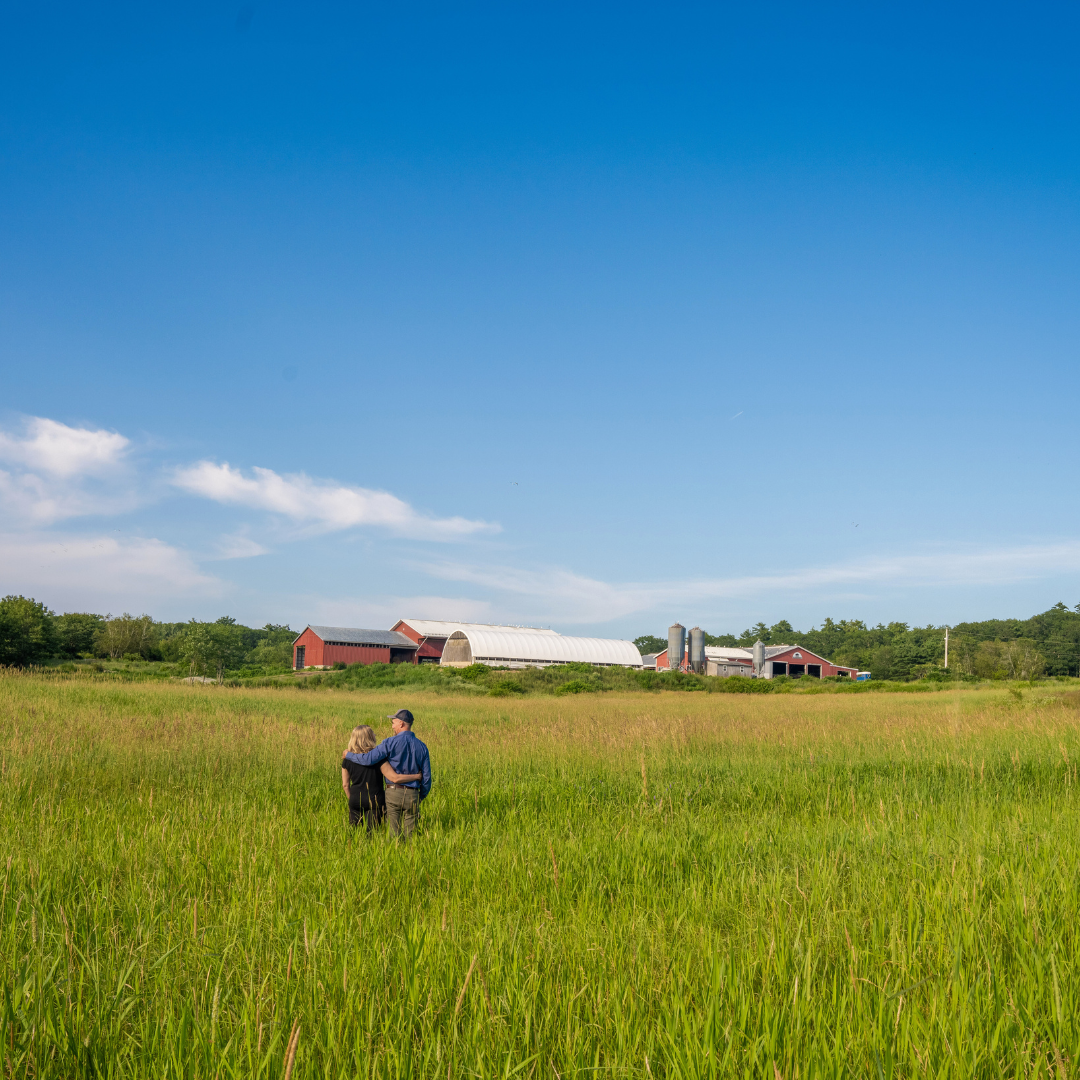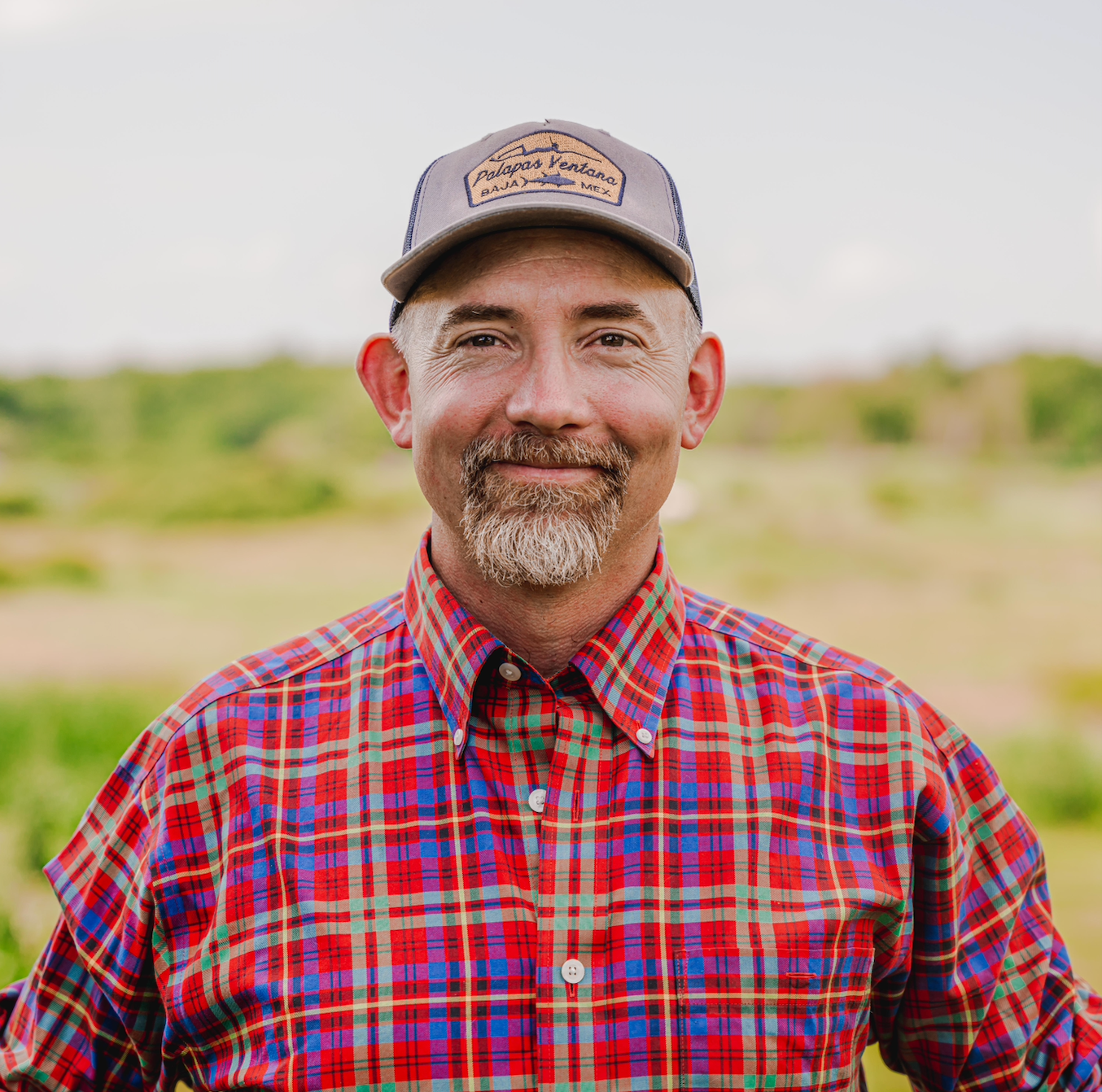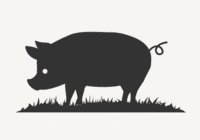
Our Roots
When people ask us what inspired us to start Singing Pastures, we talk about our roots in food and farming. A 9th generation farmer, John grew up in a community where hard work and food were the cornerstone of the community. Whether it was big family dinners or church potlucks, fresh, wholesome food was the common ground for bringing people together.

Our Family Farm
We continued this tradition when we started our own family farm, selling locally and raising animals on green, grassy pastures, with the care & respect they deserve. It was during this time that we realized that although there were a lot of grass-fed beef snacks on the market, there were no pasture-raised pork snack sticks. So, in 2016 we founded Roam Sticks, the first and only nationally available pasture- raised pork snack sticks. Knowing that we wanted the product to be crafted with the same care we put into our farming, we sought out partners that use the traditional, time-honored ways of preserving meat: fermentation, slow smoking and dry curing.

Our Commitment
Singing Pastures is part of the growing movement to demand better food for ourselves and our families - from working with like-minded farms committed to sustainability, to processing it in a way that makes it not only gut-friendly but also more tender, rich and savory than any other meat stick on the market. We are proud of our delicious charcuterie and believe that Singing Pastures only is what it is because of you and your support for better farming & better food for all.
-Holly and John

Thoughts from Farmer John
"Our modern food system is broken. Factory farms create problems for human health, animal welfare and the environment. Equally important, millions of acres of soil across the country are rapidly degrading because of excess tillage, pesticides and synthetic fertilizers. Degraded soil leads to diminished nutrition and the loss of important trace minerals in our food supply. It also leads to erosion, decarbonization, chemical pollution, and desertification affecting the land, rivers and oceans.
Unlike corporate factory farms, we raise our animals outdoors on green grass. We mimic nature by moving them every few days. This is similar to what the bison would have done on the prairie. Bison didn't just hang around in one spot; they were bunched together and moving, which naturally fed the plants that were utilizing the manure left behind. This also fed the microbiome of the soil, which led to rich topsoil and healthy grassland ecosystems. The prairie needed the bison and the bison needed the prairie. Nature has given us the blueprint of how to farm, and it is up to us to follow her lead.
- Farmer John
